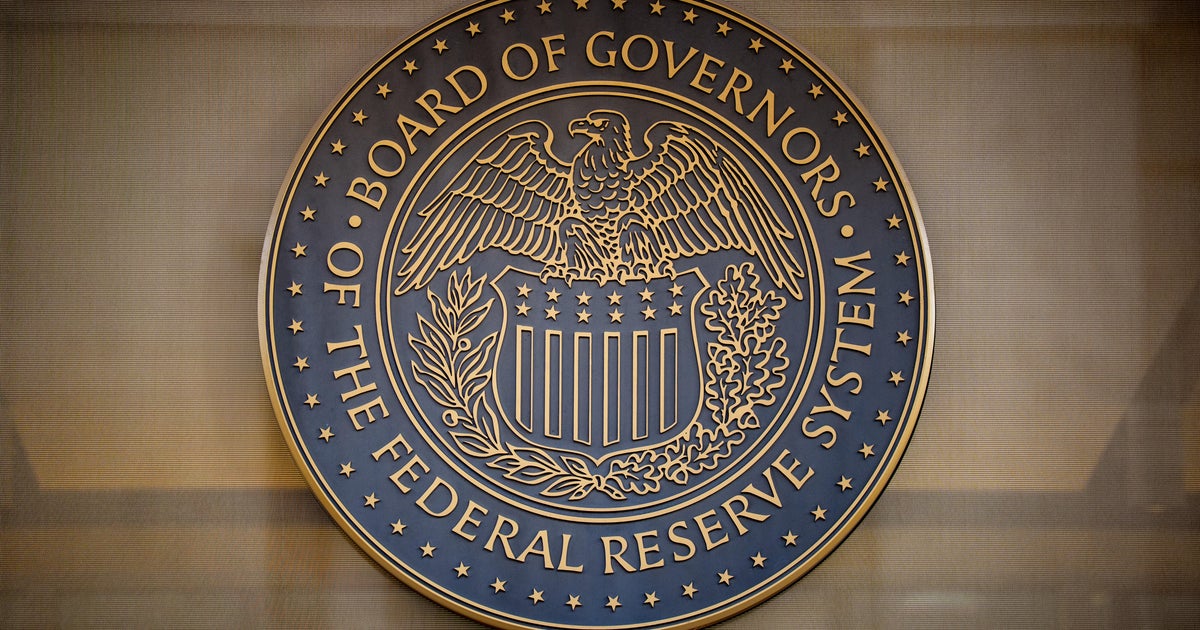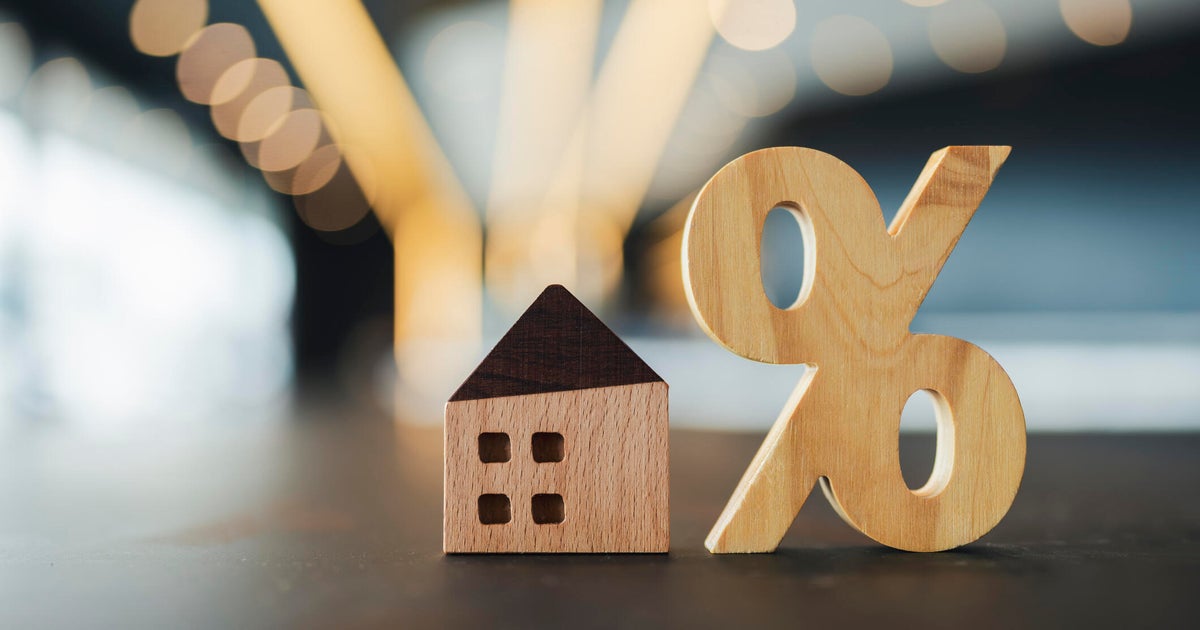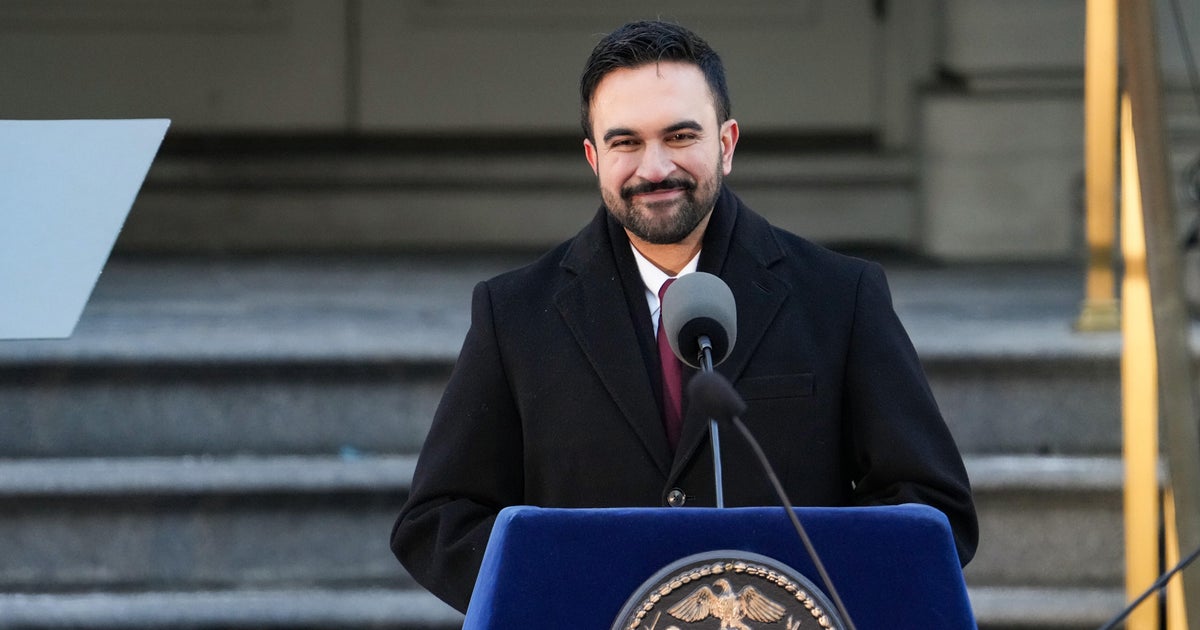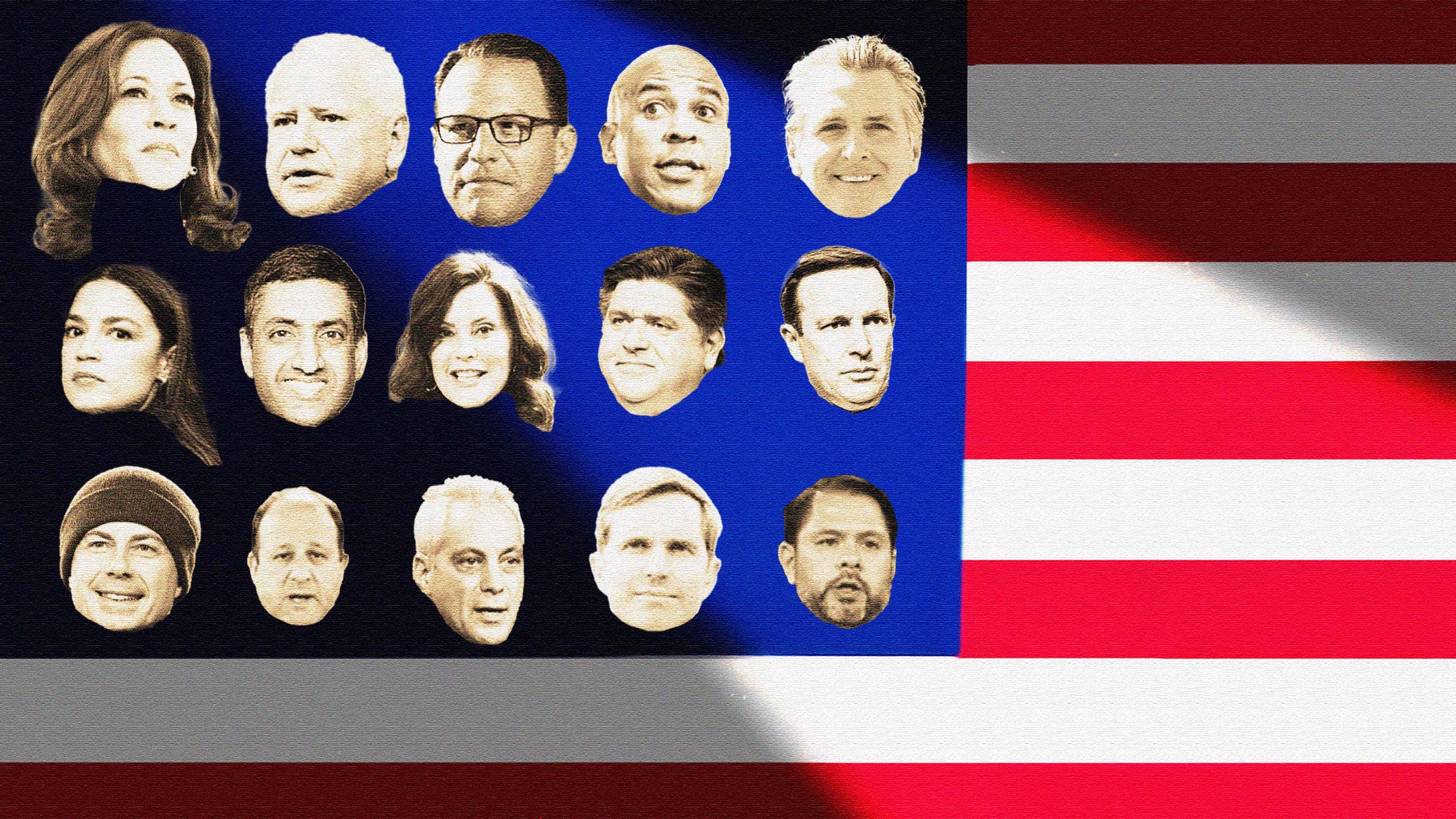Does Alexandria Ocasio-Cortez want to "soak the rich"?
Freshman Congresswoman Alexandria Ocasio-Cortez backs the idea of a "Green New Deal" for the U.S., a plan popular in progressive policy circles under which the federal government would pour billions of dollars into renewable energy. How would the New York Democrat help fund such a costly program? Raise taxes on the rich to their highest level since 1980, just before Ronald Reagan started hacking rates.
The top tax on the wealthy should rise to as high as 70 percent, Ocasio-Cortez told "60 Minutes" on Sunday. That approach stands in stark contrast to the 2017 Tax Cuts and Jobs Act, which gave the lion's share of benefits from reducing federal income tax rates to top earners and corporations. Not surprisingly, conservatives are bashing Ocasio-Cortez' ideas. Americans for Tax Reform founder Grover Norquist wrote on Fox News that her "soaking the rich" plan is "the opening shot in a renewed war against middle class taxpayers."
Raising the so-called marginal tax rate on the rich would mark a return to the more progressive tax structure of the 1950s and 1960s -- under Presidents Harry S. Truman, Dwight D. Eisenhower and John F. Kennedy, for instance, the rate on those in the top bracket topped 90 percent.
Here's what you should know about Ocasio-Cortez's plan and how higher tax rates would work.
It's about higher marginal rates -- not a flat rate
Rep. Steve Scalise, R.-Louisiana, tweeted that Ocasio-Cortez's approach would lead to the government taking away "70% of your income." Yet that comment misleadingly suggests that every dollar earned by taxpayers would be docked at a flat 70 percent -- that isn't what Ocasio-Cortez is proposing.
Her plan focuses on marginal tax rates, a progressive tax system that's the basis of the U.S. tax code. It works by taxing the lowest amount of income at the lowest tax rate, and then increasing it gradually as a person's income rises. The goal is to tax lower earners at lower rates, while assessing higher rates on wealthier Americans.
Sometimes lost in the criticism of Ocasio-Cortez' plan is the fact that higher marginal rates are paid only on each dollar earned above a particular tax bracket. For instance, single Americans now pay at a rate of 10 percent on earnings up to $9,525, while any earnings between $9,526 and $38,700 are taxed at 12 percent.
Currently, the top rate for single taxpayers kicks in at 37 percent for every dollar earned over $500,000 in annual income.
Jacking up the top tax rate likely wouldn't impact you
Ocasio-Cortez doesn't favor imposing a 70 percent tax on the merely rich. Rather, that rate would be for people with annual income of at least $10 million or so. That's why it's not likely to hit your wallet -- only the top 0.1 percent of income earners are likely to come close to that, as this group enjoys average adjusted gross income of $7.3 million. And only 140,000 tax filers make this much money, compared with nearly 70 million who make up the bottom 50 percent of earners.
The economy still grew when tax rates were high
The U.S. economy boomed in the '50s and '60s when, according to the nonpartisan Tax Policy Center, the top rate ranged between 70 percent and 92 percent. Of course, no time periods in economic history are directly comparable. In the post-World War II era, for instance, the baby boom drove massive spending on the housing market and productivity was much higher than it is today.
But the point is that higher top marginal tax rates don't appear to cause lower economic growth.
Other developed countries have high tax rates
Several advanced economies around the world have top tax rates approaching what Ocasio-Cortez favors, and by many measures they enjoy higher standards of living than the U.S.
"What we have in mind ... and my policies most closely resemble what we see in the U.K., in Norway, in Finland, in Sweden," she told "60 Minutes."
Sweden has a top rate of 70 percent, Matt Bruenig, founder of People's Policy Project, a left-leaning advocacy group wrote in Jacobin magazine. Sweden is ranked No. 11 by the Social Progress Imperative, which looks at the capacity for a country to meet "basic human needs." The U.S. ranks No. 25, just below Portugal.
A threat to the profit motive?
Ocasio-Cortez's plan echoes findings by economists including Nobel laureate Peter Diamond and Berkeley professor Emmanuel Saez, who estimated that the ideal marginal tax rate should be 73 percent. Most other economists (including many conservative and pro-business experts) agree that a fair and productive society includes some form of progressive tax system, even if they vary in their calculations of what that should be.
But what about the argument that high tax rates dissuade people from working? After all, if Uncle Sam is going to take most of your income, why bother working at all? But that may be looking at the wrong question. Higher taxes on every dollar earned above $10 million isn't likely to lower multimillionaires' drive to remain rich (though it could arguably encourage them to seek ways to avoid taxes).
Perhaps a more relevant question: Whether the tax system could encourage people to enter lower-paying yet socially useful jobs, such as teaching or scientific research. One study found that a "radical" policy of imposing taxes according to professions -- such as providing tax breaks to teachers while imposing higher taxes on hedge fund managers -- "could grow the economy dramatically," its authors wrote in the Harvard Business Review.
Ocasio-Cortez didn't address such ideas, but her goal in taxing the extremely rich at higher levels is to guarantee a job for every American at a fair wage. "When you can't provide for your kids working a full-time job, working two full-time jobs. When you can't have health care. That is not -- that is not dignified," Ocasio-Cortez said.





